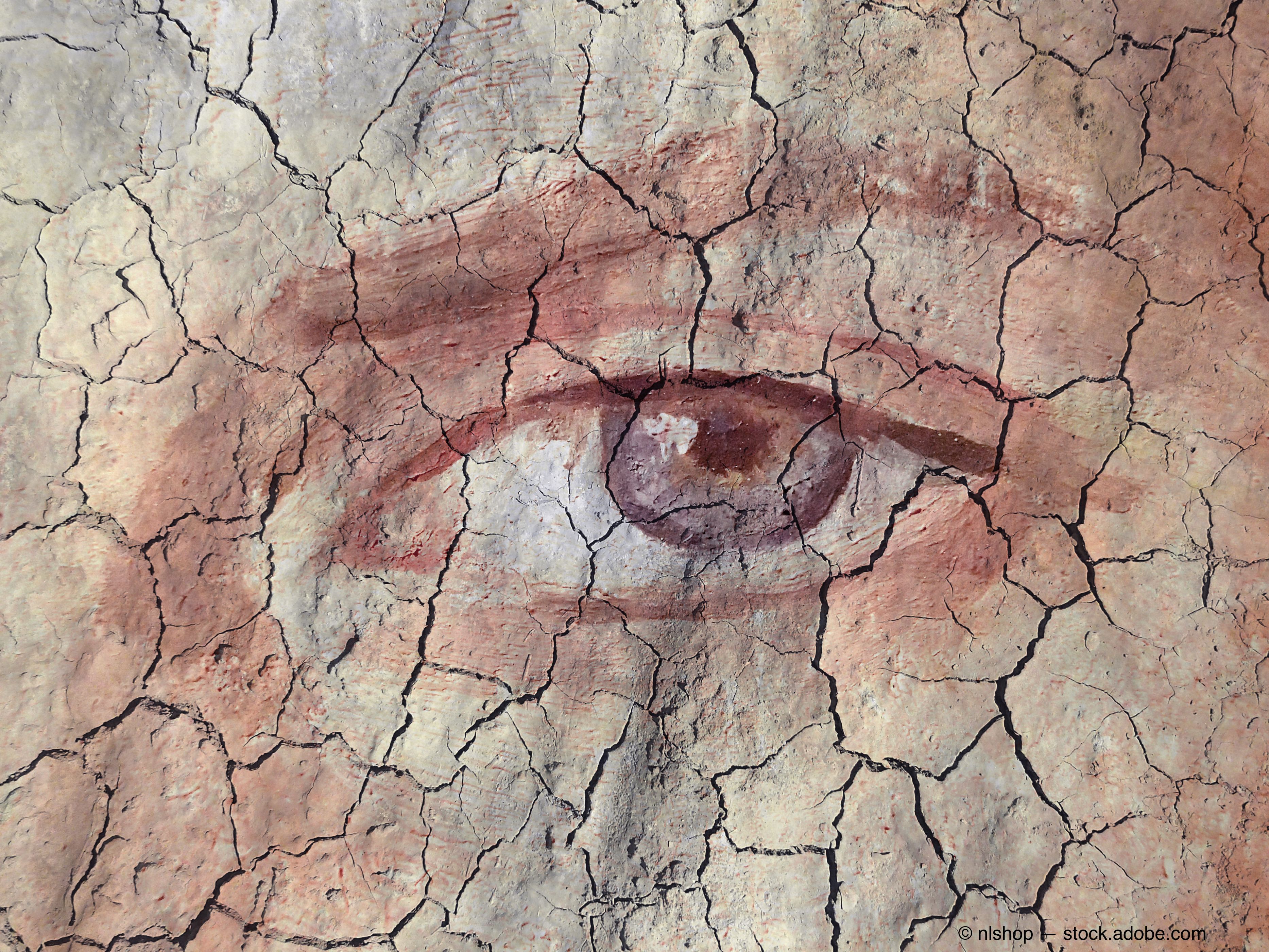Article
Nasal spray treating dry eye disease
Author(s):
A new treatment option may increase basal tear production in patients.

Ophthalmologists now have another option for the treatment of dry eye disease (DED) in the form of a nasal spray. Basal tear production may be increased by OC-01 nasal spray (Tyrvaya, varenicline solution; Oyster Point Pharma, Inc), a cholinergic agonist thought to pharmacologically neuro-activate the trigeminal parasympathetic pathway receptors in the treatment of DED, according to Marjan Farid, MD, a professor of ophthalmology and director of Cornea, Cataract, and Refractive Surgery at Gavin Herbert Eye Institute at the University of California Irvine. Natural tears, Farid noted, are better than artificial tears because they contain more than just aqueous (ie, they contain a complex mixture of lipids, proteins, mucins, and electrolytes).
During a media briefing at the American Academy of Ophthalmology 2021 annual meeting, Jeffrey Nau, PhD, MMS, president and CEO of Oyster Point Pharma, Inc, pointed out that the spray is a highly selective cholinergic agonist that is FDA approved to treat the signs and symptoms of DED as a multidose nasal spray. Patients are given two 15-day supplies, and will take 1 shot of the preservative-free solution in each nostril twice daily about 12 hours apart.
Nasal spray activity
Farid explained that the trigeminal nerve provides the pathway for parasympathetic stimulation of the lacrimal functional unit to activate complete natural tear film. The pathway innervates the lacrimal gland, meibomian glands, and goblet cells, which results in increased basal tear film production as a treatment for DED.
Trials of OC-01 varenicline nasal spray
Nau said the spray can be used for mild, moderate, and severe cases of DED. He also pointed out that the phase 3 study indicated consistent outcomes as compared with the ONSET-1 phase 2b trial. Thus far, OC-01 varenicline nasal spray has been evaluated in over 1000 patients in 3 prospective real-world clinical trials: ONSET-1, ONSET-2, and the MYSTIC trials (the last being a phase 2 supportive trial).
In the ONSET-1 phase 2btrials, 3 doses were tested (0.006, 0.03, and 0.06 mg) and compared with the vehicle, and the primary end point was the mean change in the anesthetized Schirmer score. In the ONSET-2 phase 3 trials, the 0.06- and 0.03-mg doses were tested and compared with the vehicle. The primary end point was the anesthetized Schirmer score, that is, the percent of subjects with a 10-mm or greater change from baseline. In the 2 ONSET trials, the responses of all degrees of symptomatic DED were tested and patients could use artificial tears as a supplement.
The integrated data from the ONSET-1 and ONSET-2 trials showed that significantly more patients treated with OC-01 had a 10-mm or greater increase in the Schirmer score and the mean change from baseline compared with the vehicle from baseline to week 4 of treatment. Farid also reported that the DED symptoms began to improve as soon as week 2 of treatment in the ONSET-2 trial, possibly suggesting an early effect from treatment. The onset of action and sustained outcomes were demonstrated in the clinical trials regardless of the degree of the DED. The signs outcomes were measured 5 minutes after the nasal spray was administrated, Farid said.
The drug exhibited a good safety profile. Sneezing was the most common adverse reaction in 82% of subjects in the 0.03-mg dose. Other adverse reactions reported in greater than 5% of subjects were cough, throat irritation, and instillation-site (nasal) irritation. Less subjects discontinued in the treated arm as compared with the vehicle control arm of the studies. “Pharmacologic neuro-activation of natural tear film may represent a new mechanism of action approach and a novel route of administration for the treatment of the signs and symptoms of dry eye disease,” Farid said.
The spray can improve patient adherence with their eye medication, according to Marian Macsai, MD, chief medical officer at Oyster Point, Inc. “Putting drops in your eyes is not an easy task,” she said. “We are cautiously optimistic that this will be preferred by patients and will be readily adopted.”
Marjan Farid, MD
P: 949/824-2020
This article is adapted from Farid’s presentation at the American Academy of Ophthalmology 2021 annual meeting. She is a consultant to Oyster Point Pharma, Inc.
Newsletter
Don’t miss out—get Ophthalmology Times updates on the latest clinical advancements and expert interviews, straight to your inbox.




